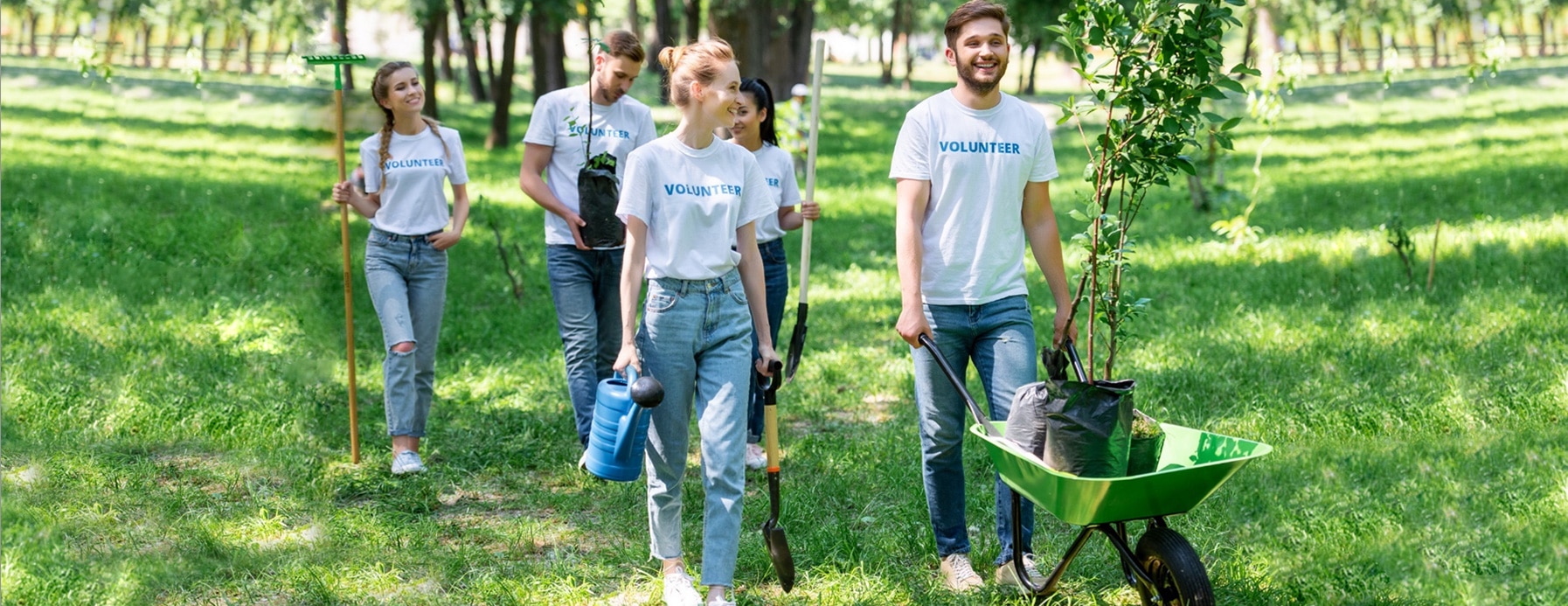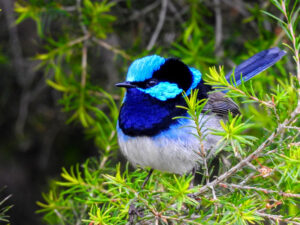
![]()
WHERE TREES ARE PLANTED COMMUNITIES THRIVE
Have you ever noticed how much better it feels to drive or walk through a neighborhood that has trees? Not only do trees add color, vibrancy, and cooling shade to the environment, studies have shown that their presence reduces crime and increases the likelihood of neighbors building positive, supportive relationships. But this just scratches the surface
when it comes to how trees can help a community.
Trees Make A Community A Safer Place To Live
In a 2012 study in Baltimore, Maryland researchers found that for every 10 percent increase in tree canopy cover, crime rates went down roughly 12%. This result mirrors studies that have been done in other urban areas. In all cases, areas with more tree coverage had lower crime. Feeling safe where you live reduces stress, supports your good health, and makes for a much more enjoyable living situation overall.
Community Trees Support Strong Social Connections

In an eye-opening series of studies conducted in Illinois, residents living in neighborhoods that had trees had stronger feelings of community and felt safer and better adjusted than did residents of more barren, but otherwise identical, buildings. Researchers found that there were significantly fewer reports of physical violence in homes that had trees outside the buildings. Towns and cities with tree-filled parks and smaller green spaces offer residents ideal settings for meeting and interacting – walks with a buddy, picnics with friends, low-tech family time, community events, and more.

Trees Reduce Your Energy Costs
Shade from trees on your property reduce the need for air conditioning in summer. In winter, trees break the force of winter winds, lowering heating costs. Studies have shown that parts of cities without cooling shade from trees can literally be “heat islands,” with temperatures as much as 12 degrees Fahrenheit higher than surrounding areas. By reducing the need for heating and cooling systems, trees also reduce emissions that contribute to atmospheric carbon dioxide and the greenhouse effect.
Trees Produce Economic Benefits
Trees along streets and on private property increase property values. Studies have shown that the presence of trees increase the selling price of homes by as much as 15 percent. Apartments rent more quickly when trees are on the property and renters stay longer. Commercial retail areas with trees are more attractive to shoppers.
Trees Attract Wildife
 Trees can provide habitat for songbirds and other desirable wildlife, adding natural sounds and beauty to any urban environment, including your own backyard. Setting aside the sheer joy factor of getting to see these wild creatures, studies over the past twenty years have shown that having birds in the environment and watching birds are good for people’s psychological and emotional well-being. Listening to bird song contributes to attention restoration, stress recovery, and more.
Trees can provide habitat for songbirds and other desirable wildlife, adding natural sounds and beauty to any urban environment, including your own backyard. Setting aside the sheer joy factor of getting to see these wild creatures, studies over the past twenty years have shown that having birds in the environment and watching birds are good for people’s psychological and emotional well-being. Listening to bird song contributes to attention restoration, stress recovery, and more.
Would You Like To Add More Trees To Your Community?
If you want to upgrade the tree count in your community, start by evaluating your own property and your neighborhood. Do some research on the type of trees that do best in your area and learn the proper way to plant a tree so that it has a high likelihood of surviving and thriving. See if any of your neighbors are interested in adding a tree or two to their properties and now you have your own tree brigade. Get busy and start planting some trees! If you have children, make sure to involve them in the whole process. This will be a life-molding, rewarding, and fun experience for them.
For projects on a bigger scale, do an internet search to find contact information for the ‘urban forestry’ division of your local, state, or national government. Many countries today have urban forestry programs that can supply you with direction, training, and other resources for increasing the tree population in your area. In the USA, check out the Arbor Day Organization, which sponsors a fantastic program called Tree Cities USA.
